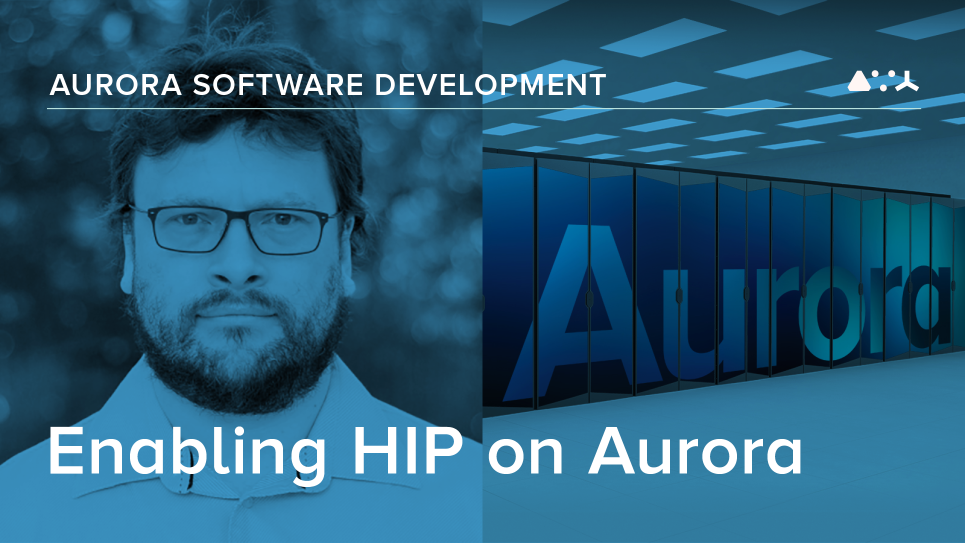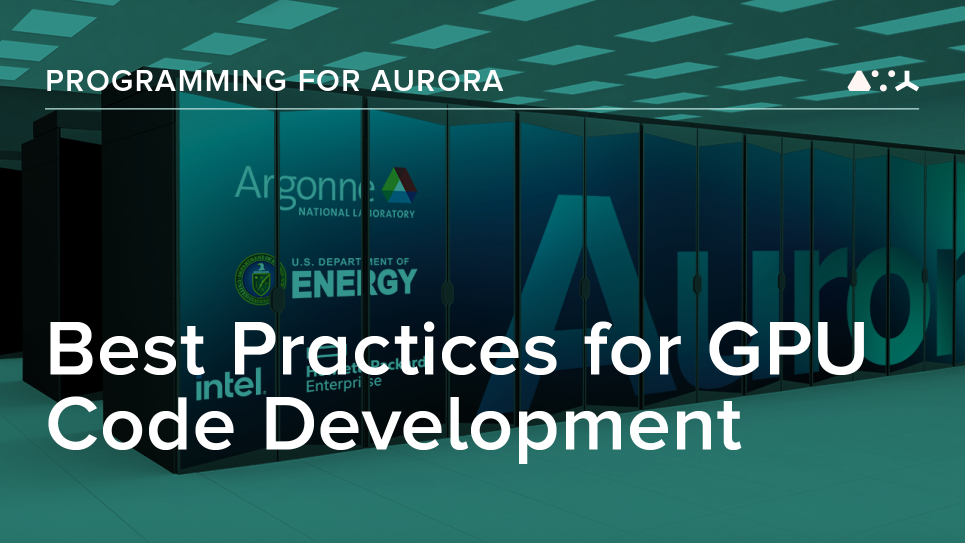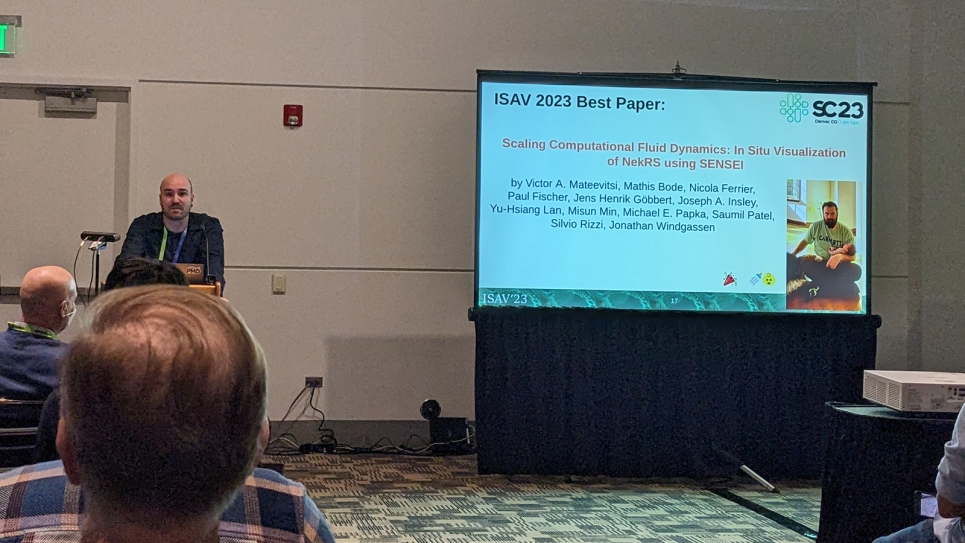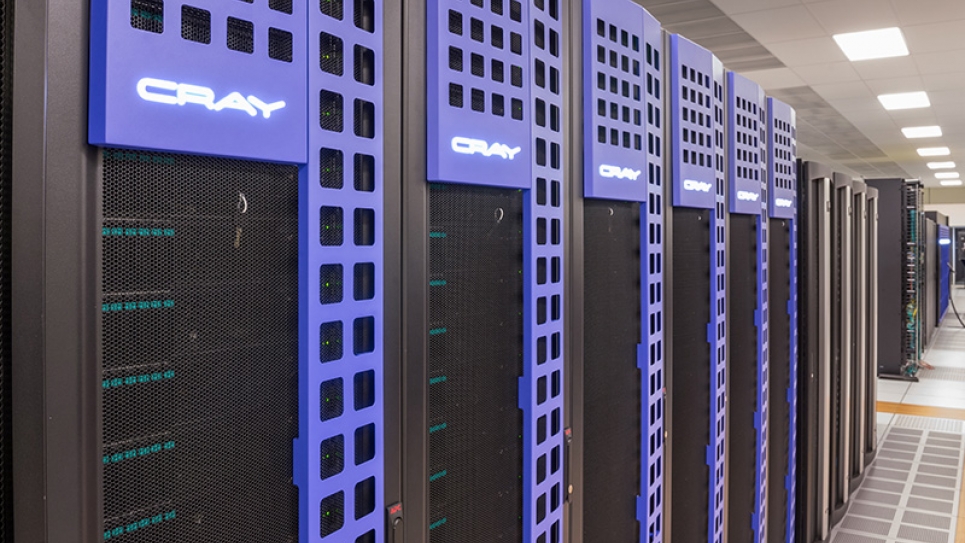
Argonne’s Brice Videau prepares HIP applications for Aurora
In this series, we examine the range of activities and collaborations that ALCF staff undertake to guide the facility and its users into the next era of scientific computing.
Brice Videau, a computer scientist at the U.S. Department of Energy’s (DOE) Argonne National Laboratory with years of experience in code generation, optimization, and auto-tuning high-performance computing, is leading efforts to maximize the portability of HIP applications being developed for the next generation of leadership computing systems, including Argonne’s forthcoming exascale Aurora system.
The principal investigator on the “HIP on Aurora” project (also known as HIPLZ, or “HIP on Level Zero”), Videau holds a joint appointment with the Argonne Leadership Computing Facility (ALCF) and Argonne’s Mathematics and Computer Science Division, where his research focuses on heterogeneous platform programming and auto-tuning. The ALCF is a DOE Office of Science user facility.
HIP on Aurora
Already established as the default programming model for AMD GPUs, many prominent applications are expected to adopt HIP as a programming model as they target deployment on upcoming exascale systems. Furthermore, HIP provides support for NVIDIA platforms, enabling HIP application portability across AMD and NVIDIA hardware. With HIP a likely programming model for numerous exascale codes, Videau’s team wants to ensure that HIP applications are as portable as possible.
The HIPLZ project, to this end, aims to investigate the best way to enable native support for HIP applications on Aurora, an Intel GPU-powered exascale system expected to arrive at the ALCF in 2022. Videau’s team ultimately leverages Level Zero, a new API that Intel is developing for its GPUs, including the Ponte Vecchio accelerators driving Aurora.
As part of the team’s development strategy, Videau and colleagues are building on the work of an earlier project that developed HIPCL, a library which enables HIP to run on top of OpenCL. Because Aurora will feature Level Zero as its primary low-level GPU interface, HIPLZ redirects the efforts of HIPCL in order to facilitate support for HIP applications on Level Zero.
Current status
Through a collaboration with other DOE Office of Science user facilities, Georgia Tech, and industry partners, Videau is working with a team at AMD to restructure HIP such that it can accept several new external backends; an initial Level Zero backend has been implemented.
A number of application benchmarks have already been established, and various proxy applications are running, demonstrating the viability of performance-critical computations. Additional ongoing work includes improving the functionality of frameworks, proxy applications, and real applications.
Videau’s team is presently working to develop a test suite that will allow them to assess the functionality and performance of HIPLZ. Of particular interest is validating its usefulness in Exascale Computing Project (ECP) applications, subsequent to successful engagement with codes such as EQSim, GAMESS, CoMeT, and NAMD.


